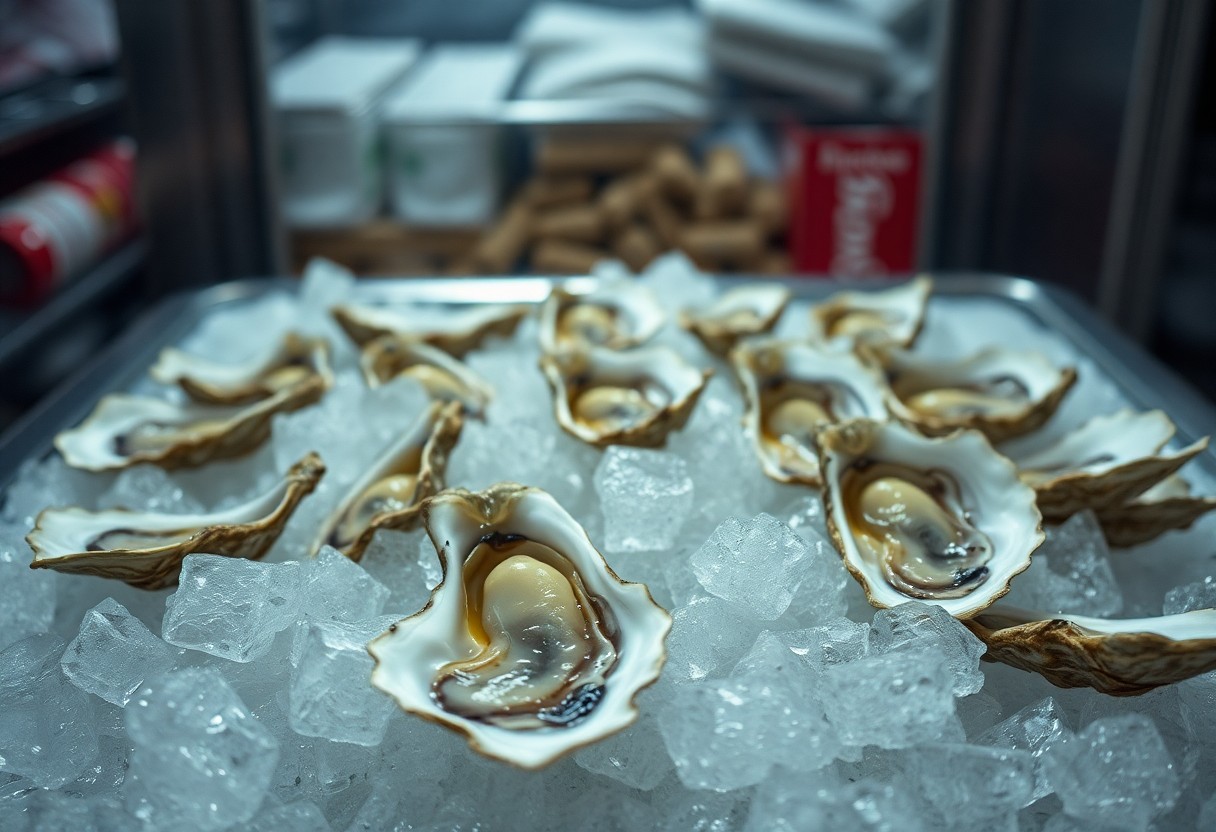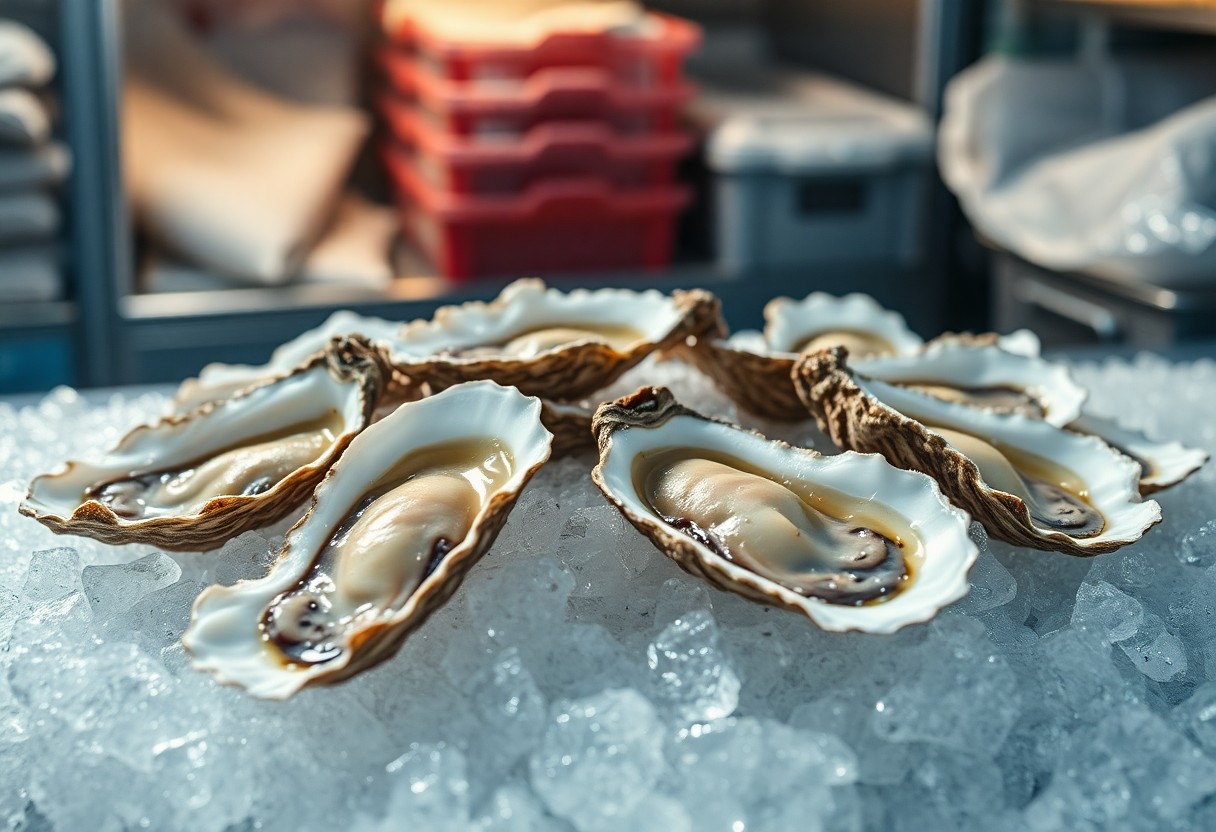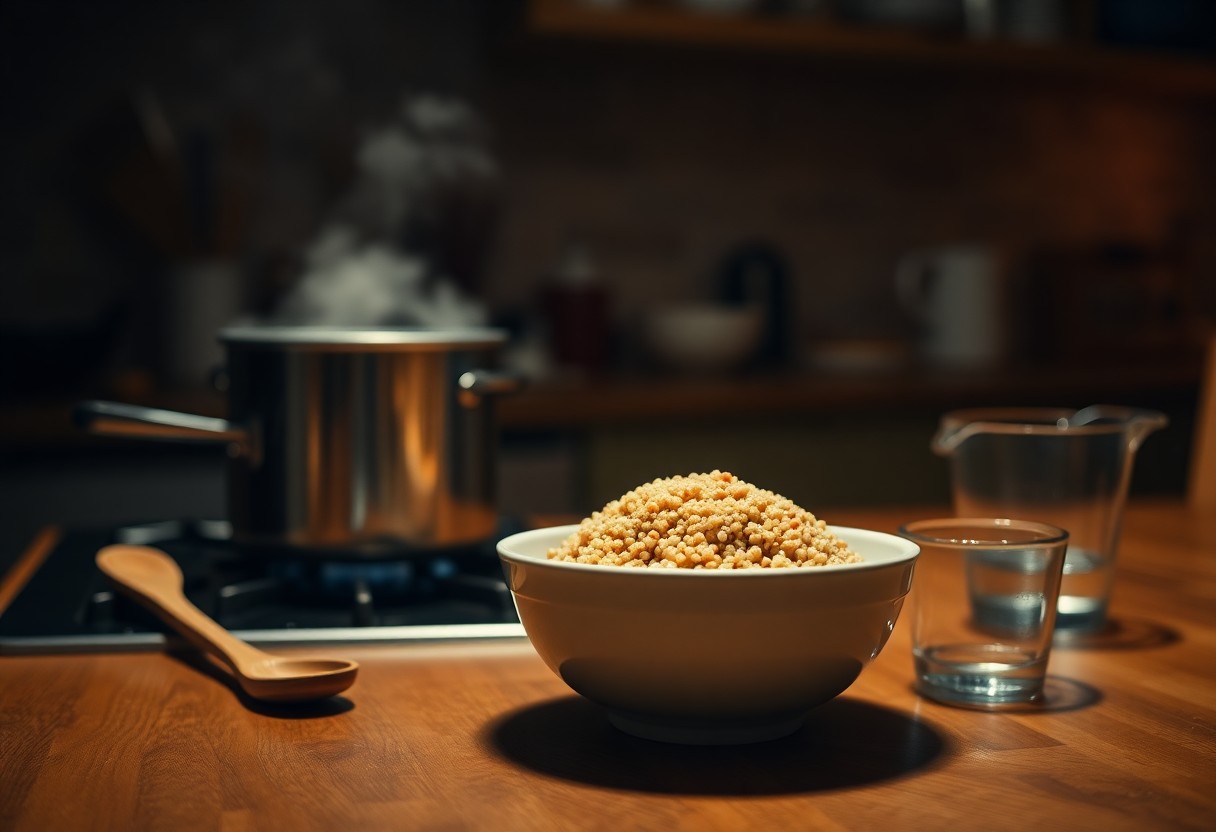As you consider preserving your oyster harvest or store-bought batch, you may wonder about freezing them. You can indeed freeze oysters, but it requires proper technique to maintain their quality. When you freeze oysters correctly, you can enjoy them year-round in various dishes, from stews to grilled recipes. Your goal is to preserve their texture and flavor, and with the right methods, you can achieve this and make the most of your oysters.

Can Freezing Affect Oyster Texture
To understand the impact of freezing on oysters, you need to consider the effects on their texture. Freezing can alter the oyster’s natural texture, making it softer or more rubbery.
The Impact of Freezing on Oyster Meat
Freezing oysters can cause the meat to become brittle and prone to breaking. As you freeze your oysters, the water inside the meat forms ice crystals, which can damage the cell structure and affect the texture.
Texture Changes After Thawing
Akin to freezing, thawing oysters can also lead to texture changes. You may notice that your thawed oysters are less firm or more watery than fresh ones.
The texture changes after thawing can be a concern for you, as they may affect the overall quality of your oysters. When you thaw your frozen oysters, the ice crystals formed during freezing melt, causing the meat to become softer and more prone to breaking. This can make them less desirable for raw consumption, but they can still be suitable for cooking methods like steaming or frying.

Safety Precautions for Freezing Oysters
You need to take necessary precautions when freezing oysters to ensure your safety and the quality of the oysters. Proper handling and storage are vital to prevent contamination and foodborne illness.
Handling and Storage Guidelines
Along with proper freezing techniques, you should follow specific guidelines for handling and storing oysters to maintain their quality and safety. You should always store them at 0°F (-18°C) or below and keep them frozen until you are ready to use them.
Preventing Contamination and Spoilage
Safely handling oysters is necessary to preventing contamination and spoilage. You should always check the oysters for any signs of damage or spoilage before freezing them, and discard any that are damaged or spoiled.
This step is especially important because frozen oysters can be more susceptible to contamination if not handled properly. You should also make sure to label and date the frozen oysters so you can keep track of how long they have been stored, and use the oldest ones first to ensure you use them before they spoil.
Freezing Methods for Oysters
Clearly, when it comes to freezing oysters, you have a few options to consider. You can choose to freeze them shucked or in the shell, depending on your desired outcome and personal preference.
Shucking and Freezing
Against the idea of freezing oysters in the shell, you may want to consider shucking them first. You can then place your shucked oysters in a single layer on a baking sheet, freeze until solid, and transfer them to an airtight container or freezer bag for storage.
Freezing Oysters in the Shell
By choosing to freeze your oysters in the shell, you can help preserve their flavor and texture. You will need to scrub the shells clean, dry them, and then place them in a single layer in an airtight container or freezer bag.
In fact, freezing oysters in the shell is a great way to keep them fresh for a longer period. You can store them in the freezer for up to 3 months, and when you’re ready to use them, simply thaw and shuck as needed. Your frozen oysters will be perfect for cooking in dishes like stews, soups, or grilled as an appetizer.
Cooking Frozen Oysters
Not all frozen oysters are created equal, and you’ll want to ensure you’re handling them properly, as outlined in the Oyster Care and Handling guide. By following these steps, you can enjoy your frozen oysters at their best.
Thawing and Preparation Methods
Above all, it’s important to thaw your frozen oysters safely to prevent contamination. You can thaw them in the refrigerator or under cold running water, and then pat them dry before cooking to ensure even cooking.
Recipes for Frozen Oysters
One of the best ways to enjoy frozen oysters is to incorporate them into your favorite recipes, such as oyster stew or oyster po’ boys. You can find a variety of recipes online that cater to your taste preferences.
The key to cooking delicious frozen oysters is to not overcook them, as this can make them tough and rubbery. You can sauté them in garlic butter, add them to a pasta dish, or grill them as an appetizer, and by doing so, you’ll be able to experience the unique flavor and texture of frozen oysters in a whole new way, allowing you to experiment with different seasonings and ingredients to create your own signature dishes.
Health Benefits and Risks
Now that you’re considering freezing oysters, it’s crucial to weigh the pros and cons. Freezing oysters can help preserve their nutritional value and make them a convenient addition to your meals.
Nutritional Value of Frozen Oysters
Relying on frozen oysters can provide you with a rich source of protein, vitamins, and minerals, including zinc, iron, and omega-3 fatty acids, which can support your overall health and well-being.
Potential Health Risks of Consuming Frozen Oysters
Raising concerns about food safety, you should be aware that consuming frozen oysters can pose some health risks, particularly if they are not handled and stored properly, which can lead to foodborne illnesses.
Oysters, being a sensitive food product, require careful handling to minimize the risk of contamination. You should ensure that your frozen oysters are sourced from a reputable supplier and stored at a consistent freezer temperature to prevent bacterial growth, which can help you enjoy the nutritional benefits while minimizing the potential health risks associated with consuming frozen oysters.
Storage and Shelf Life
For optimal preservation, you should consider the storage and shelf life of oysters, whether fresh or frozen, to maintain their quality and safety.
Proper Storage Techniques
Along with keeping oysters at the correct temperature, you need to handle them gently and store them in a sealed container to prevent contamination and spoilage.
Shelf Life of Frozen Oysters
By freezing oysters, you can extend their shelf life significantly, allowing you to enjoy them throughout the year, as long as they are stored at 0°F (-18°C) or below.
Hence, when you freeze oysters, you can expect them to last for several months, typically between 3 to 12 months, depending on the freezing method and storage conditions, ensuring your oysters remain fresh and safe for consumption when you need them.
Conclusion
Drawing together the facts, you now know that you can freeze oysters, but it’s crucial to follow proper procedures to preserve their quality. You should flash freeze or individually quick freeze your oysters to maintain their texture and flavor. By doing so, you can enjoy your oysters year-round, and your frozen oysters will be just as delicious as fresh ones when thawed and prepared correctly.
FAQ
Q: Can you freeze oysters and how does it affect their quality?
A: Yes, you can freeze oysters, but it’s imperative to follow proper procedures to preserve their quality. Frozen oysters can be just as delicious as fresh ones if handled correctly. Before freezing, oysters should be shucked, patted dry, and placed in airtight containers or freezer bags to prevent freezer burn. It’s also important to label the containers with the date and contents. When frozen properly, oysters can be stored for up to 3-4 months. However, freezing may cause the oysters to become slightly softer in texture.
Q: What is the best way to freeze oysters to maintain their texture and flavor?
A: The best way to freeze oysters is by using a method called “flash freezing” or “individually quick freezing” (IQF). This method involves quickly freezing the oysters at a very low temperature, which helps to preserve their texture and flavor. You can also add a brine solution (water, salt, and sometimes sugar) to the oysters before freezing to help maintain their moisture and flavor. Additionally, freezing oysters in their shells is not recommended, as the shells can become brittle and prone to breakage. Instead, shuck the oysters before freezing and store them in airtight containers or freezer bags.
Q: How do you thaw and use frozen oysters in cooking?
A: To thaw frozen oysters, simply place them in the refrigerator overnight or thaw them quickly by submerging the container in cold water. Once thawed, frozen oysters can be used in a variety of dishes, such as stews, soups, and sauces. They can also be breaded and fried, or grilled as an appetizer. It’s worth noting that frozen oysters are best used in cooked dishes, as they may not be suitable for raw consumption due to food safety concerns. Always check the oysters for any signs of spoilage before using them, and discard any that appear to be damaged or have an off smell.




Leave a Reply